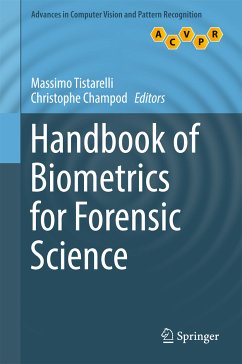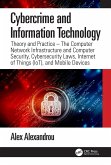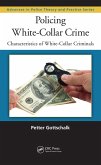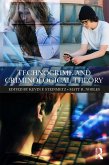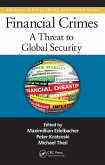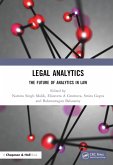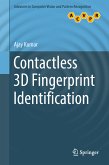Topics and features:
- Presents the first dedicated volume on biometrics for forensic science and criminal investigations
- Contains contributions from an international selection of preeminent authorities, including members of the EU COST Action "Biometrics and Forensics for the Digital Age"
- Provides an in-depth analysis of the state of the art, together with a broad review of the available technologies and their potential applications
- Discusses potential future developments in the adoption of advanced technologies for the automated or semi-automated analysis of forensic traces
- Presents a particular focus on the acquisition and processing of data from real-world forensic cases
- Offers an holistic perspective, integrating work from different research institutions and combining viewpoints from both biometric technologies and forensic science
This innovative volume will inspire and inform professionals, young researchers and graduate students interested in the use of cutting-edge biometric technologies in the service of criminal investigations.
Dr. Massimo Tistarelli is a Professor of Computer Science in the Department of Communication Science and Information Technology at the University of Sassari. Dr. Christophe Champod is a Professor ofForensic Science in the School of Criminal Justice at the University of Lausanne.
Dieser Download kann aus rechtlichen Gründen nur mit Rechnungsadresse in A, B, BG, CY, CZ, D, DK, EW, E, FIN, F, GR, HR, H, IRL, I, LT, L, LR, M, NL, PL, P, R, S, SLO, SK ausgeliefert werden.

